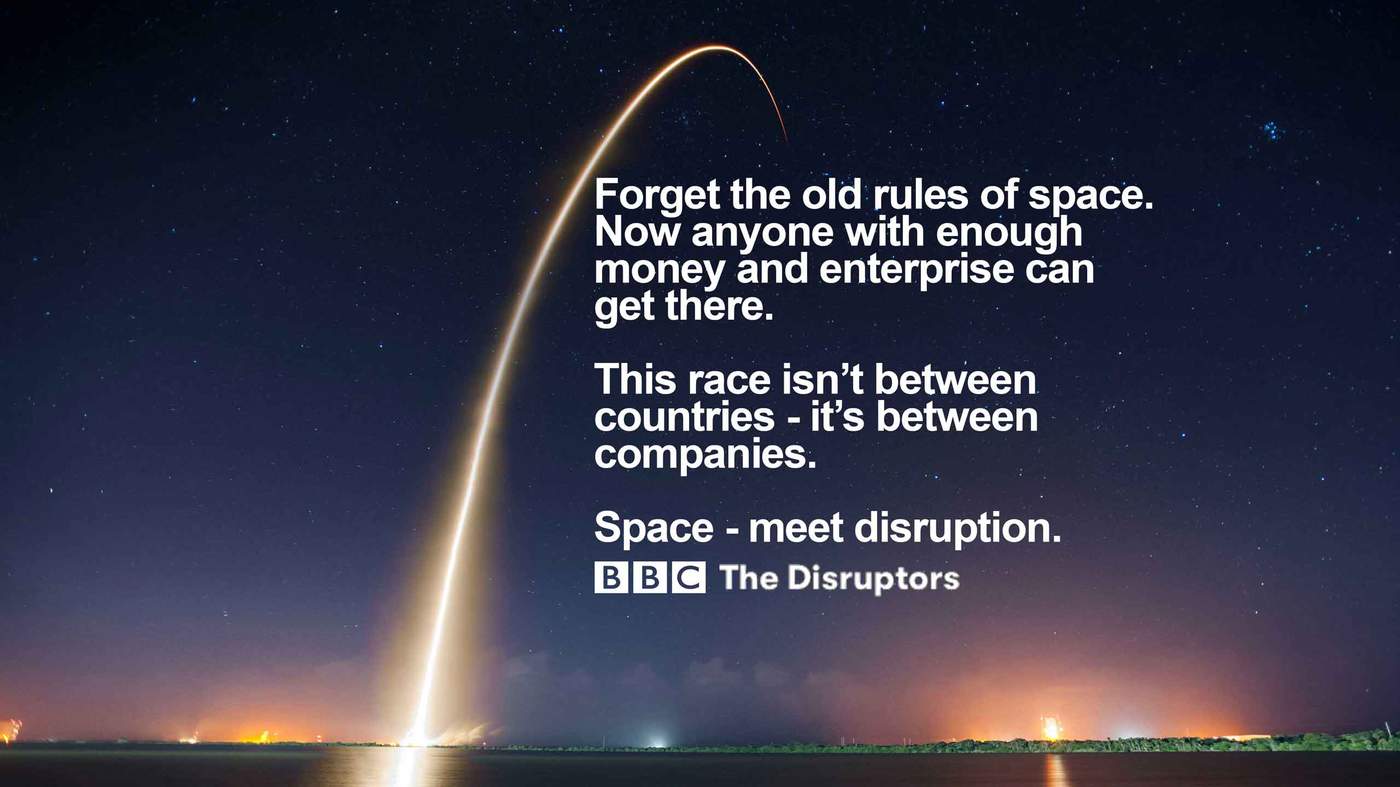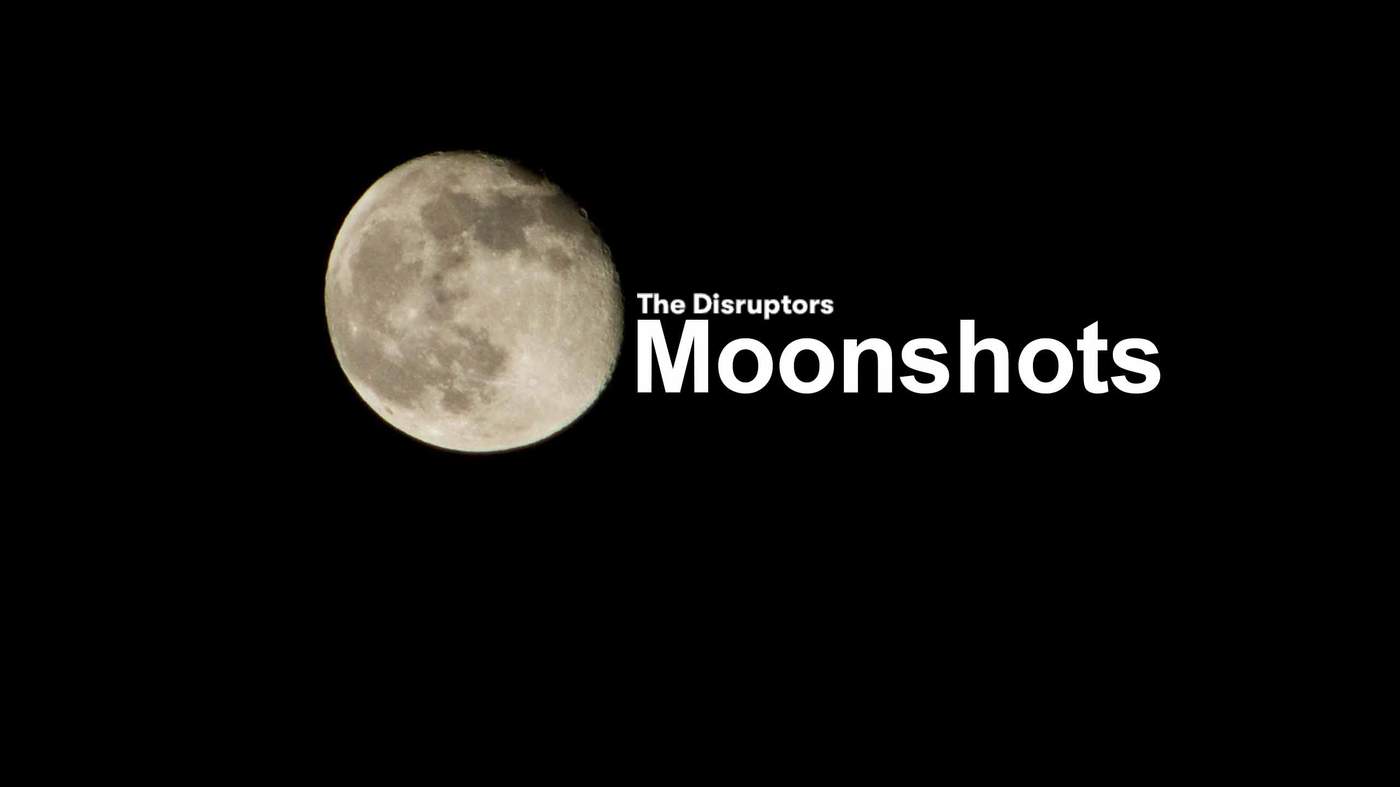From its early days with the launch of Sputnik in 1957 and Yuri Gagarin’s flight in 1961, human exploration of space has been dominated by the Cold War rivalry between the USSR and US - and in particular the race to be first to the Moon.
Throughout this tumultuous struggle for the “high ground of space”, business took a back seat - it was governments that paid for and sustained the space effort.
True, the world’s first commercial satellite - Early Bird - had been launched in 1965 but until recently the commercial development of space was largely limited to big telecommunications satellites.
Costing several hundred million dollars each and weighing several tonnes, these satellites are designed to last up to 15 years so investors can recoup the expense of building them in the first place.
But a revolution has been taking place. Technological advances are overturning traditional models for operating in space.
A host of firms are promising cheaper access to space, with innovations such as renewable rockets and horizontal launch systems.
Satellites are getting smaller and becoming cheaper to build – and there are now about 1,500 of them orbiting above us.
A flood of data and imagery is flowing from space and new players are now processing, interpreting – and marketing - this information revolution.
“We can now do something in a shoebox that previously would have taken the size of a bus,” says Stuart Martin, chief executive of Satellite Applications Catapult, a UK business incubator helping space start-ups.
That means we can really change and rethink the way we use space.”
Investment is pouring into the space sector. In 2016, the global space economy totalled $329bn with three-quarters of that coming from commercial activity – not governments.
Rockets are our gateway to space, the essential delivery trucks. To outsiders they encapsulate our endeavours to become a true spacefaring civilisation. And indeed when it comes to rockets, it’s billionaires who are leading the way.
Elon Musk’s SpaceX is using its Falcon 9 rockets to supply the International Space Station, while Jeff Bezos’ Blue Origin is developing its New Shepard and New Glenn launchers.
Both firms have demonstrated revolutionary techniques which enable vertical landing – a significant step in the drive for reusable rockets.
Meanwhile Richard Branson’s Virgin Group is working on developing launching satellites from the air – alongside its plans for sub-orbital tourist flights.
One new player hoping to change the way in which space is used is New Zealand’s Rocket Lab.
Still in its infancy, it is the only rocket firm in the world with its own launch complex, on North Island’s Mahia Peninsula.
At the moment, no launch companies work purely on a commercial basis. “They are all heavily government subsidised one way or another,” says Stuart Martin.
While rockets haven’t changed that much since Sputnik in 1957 - you still have to get your payload out of the Earth’s gravity and into orbit - it would be a mistake to think of Rocket Lab as simply another traditional rocket manufacturer, argues founder Peter Beck.
The whole purpose of the company is not to build rockets [but] to enable access to space...
The kind of access and frequency to space we’re proposing has never ever been created.”
Currently the average cost of a satellite launch is about $200m, and in the US last year, for example, there were just 22 launches.
Peter Beck says once his rocket is operational he’s looking to go to space for $5m, and “as frequently as once a week”.
At the heart of Rocket Lab’s sales pitch is its Electron rocket, designed specially to take small satellites into orbit. The rocket is mainly carbon fibre and its engines are all 3D-printed.
Whereas it would normally take months to produce an engine, “we can produce it in 24 hours,” says Beck.
In its first test flight this May, the rocket successfully entered space but did not reach orbit. Two more test flights are planned.
At the moment, small satellite makers often hitch rides on existing launches, which have a big satellite as their main cargo but still have some room to spare.
However, with demand for Earth observation increasing - weather, travel, maps - manufacturers need flexible ways to arrange getting into space.
It is this gap that Beck says Rocket Lab is planning to fill. Instead of waiting for a suitable space on a big rocket, “now you can just go online and click a few buttons and you’ve bought a launch”.
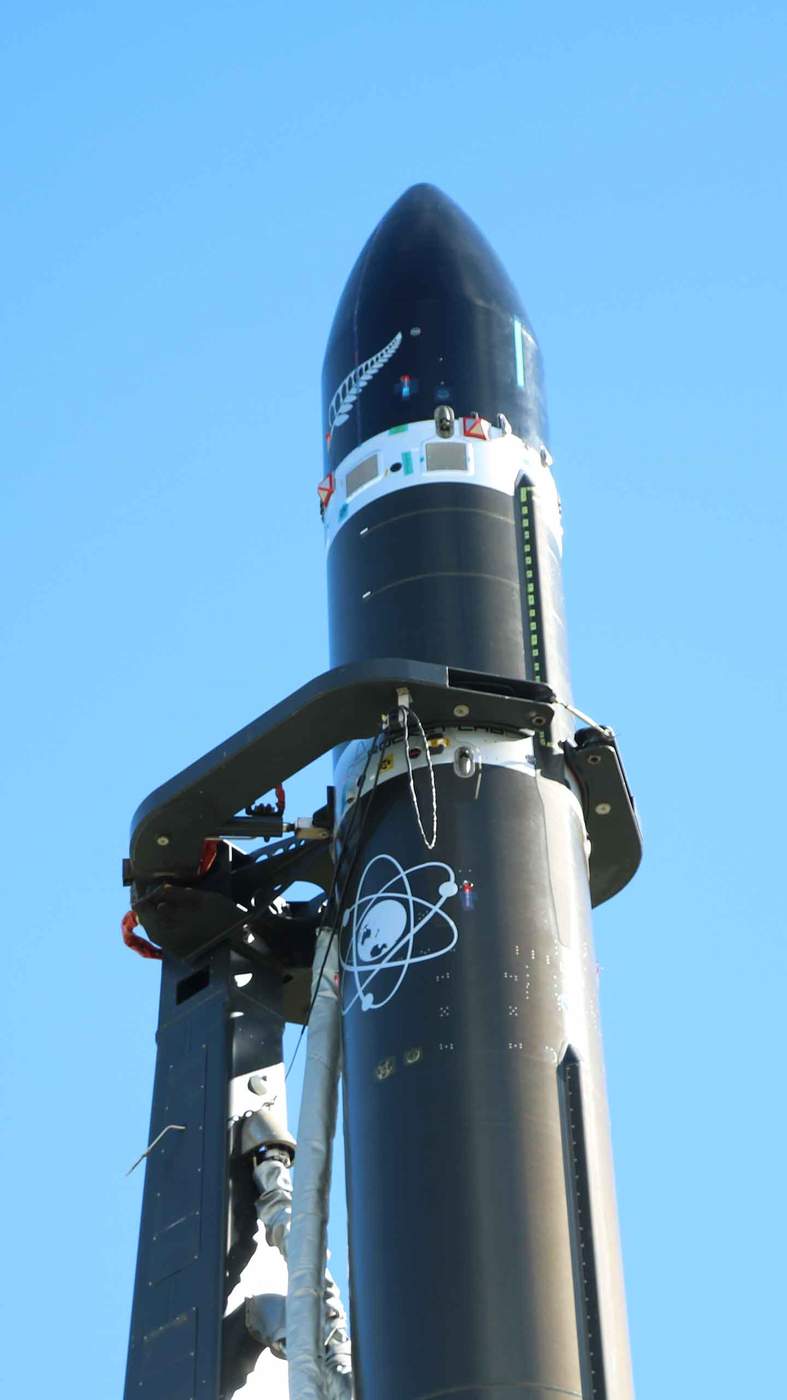
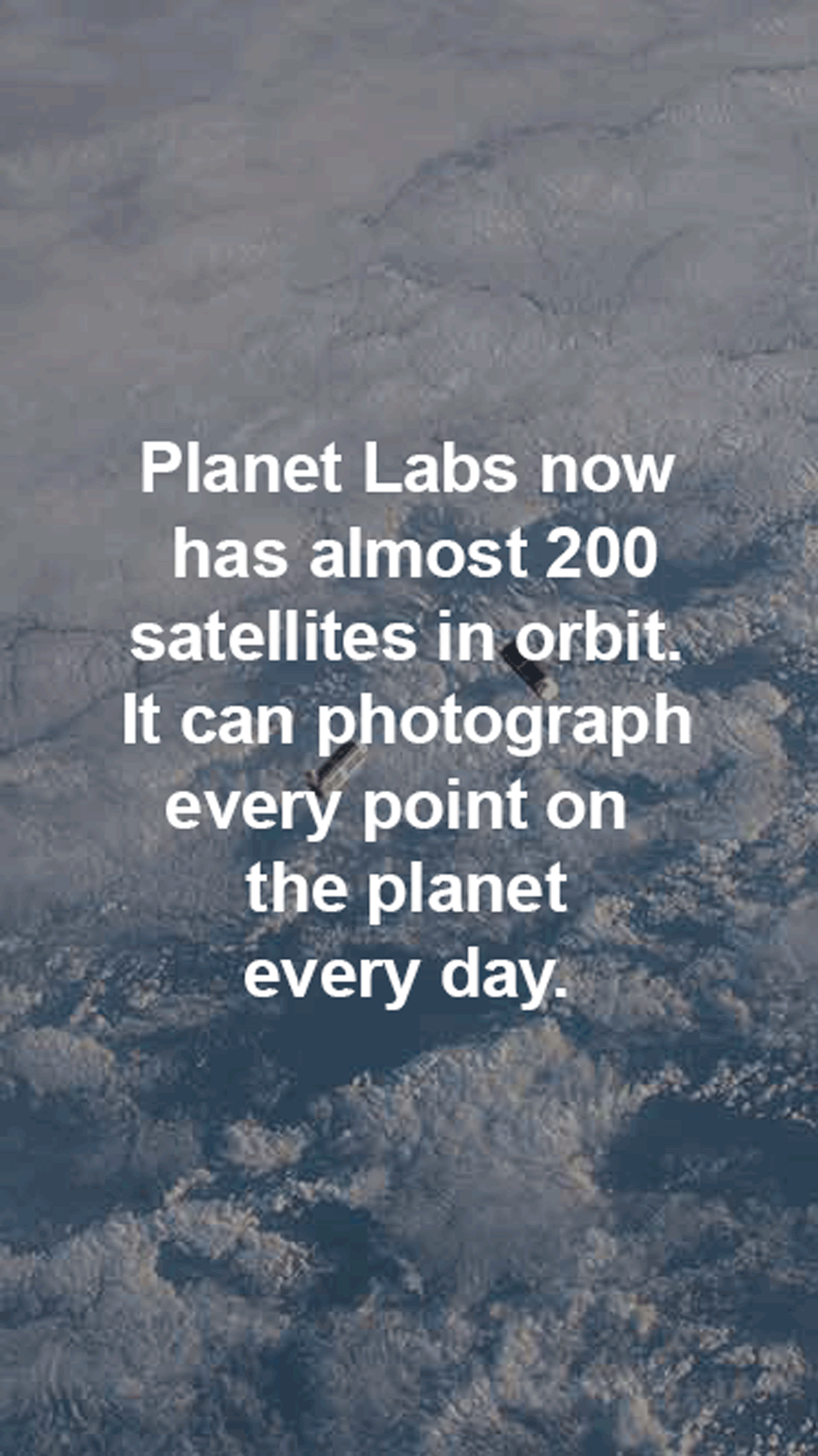
“We have completely taken the supply constraints off and brought the costs of the pictures we’re taking down – in many orders of magnitude,” says Will Marshall.
And he adds, that means not only lower prices for customers, but also ensures the data is available to a broader range of people.
“It’s not just the governments and the big companies that can buy our data. Anyone [can] access our data – whether they’re a small or medium sized business, an NGO, or researcher at a university.”
Images taken over time can indicate significant changes, such as deforestation here in the Amazon.
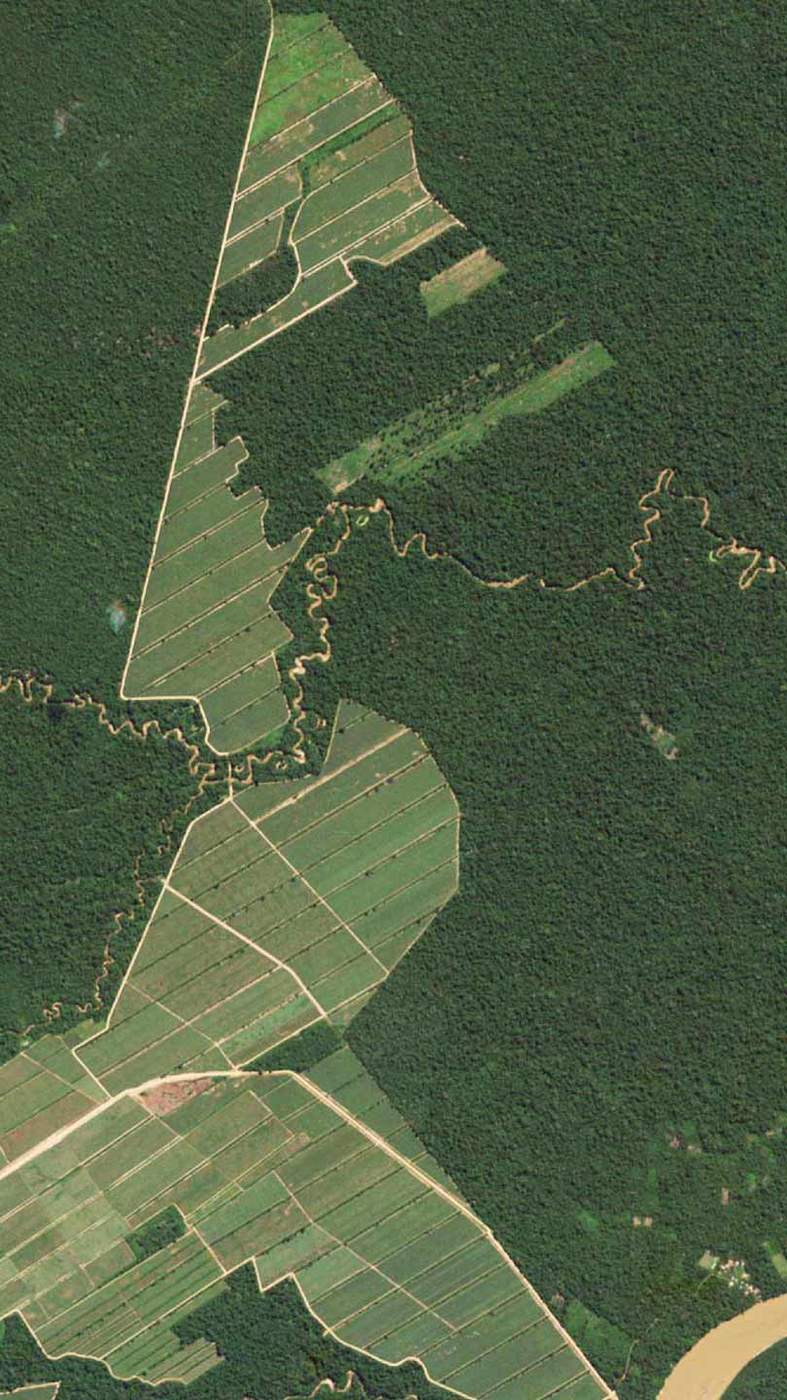
Image
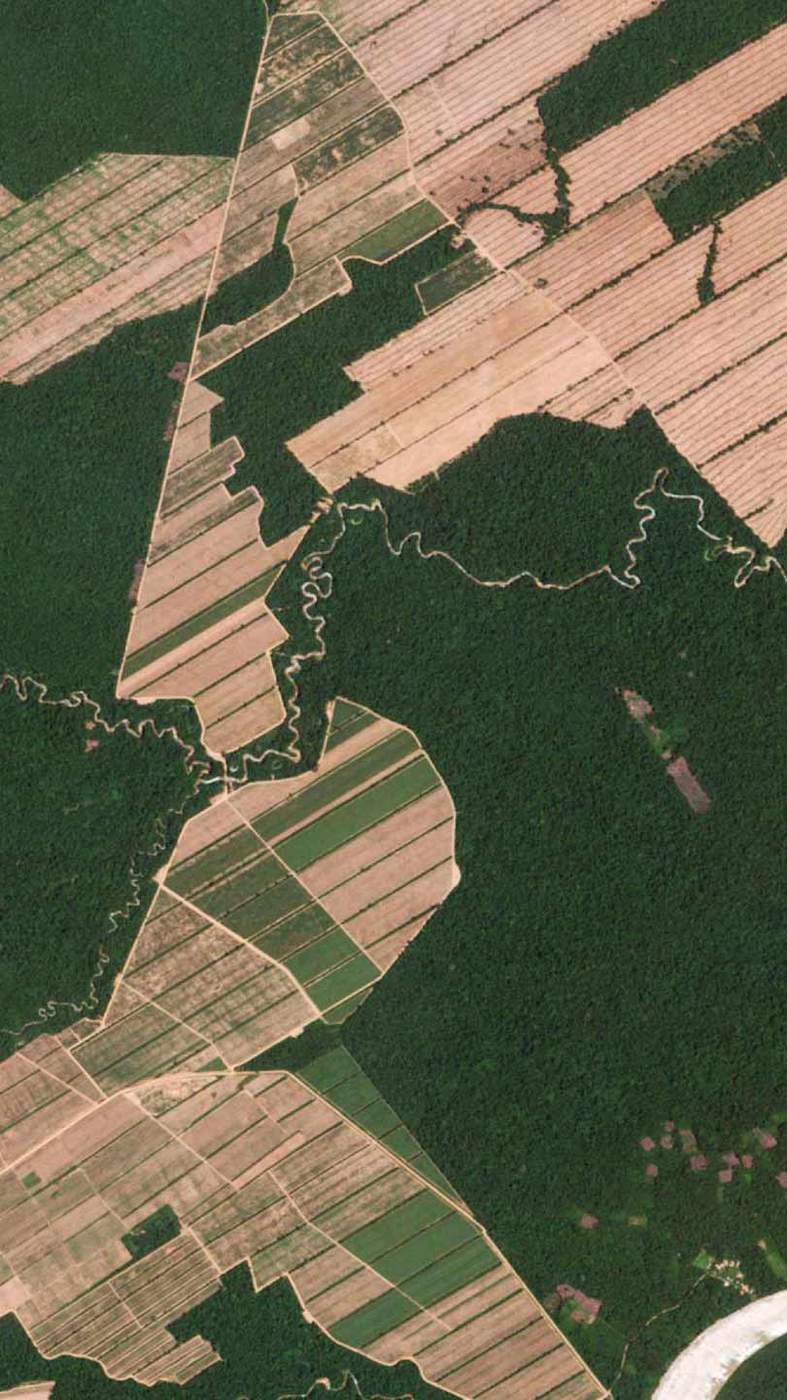
Yet while developments in rockets and satellites - the hardware of space - often grab the headlines, the biggest changes are in the practical uses of the information which has been gathered.
Farmers, and oil, gas and mining companies are already using such data.
Farmers can be warned about problems with soil conditions that could help preparations for poor harvests; fishermen can be told about ocean temperatures and thus where to find fish. With increasingly accurate photographs, individual trees can be tracked as they are logged for timber – a valuable check on deforestation.
One firm which is squeezing the maximum amount of information out of this flood of data is the UK’s Terrabotics.
“In a normal image you’re limited by the pixel size, but there is rich information between pixels that is captured but that is not obvious,” says chief executive Gareth Morgan.
“We do sub-pixel image processing before any more analytics is done on them, we super-resolve the images and make them into 3D data sets, then we put that into AI [artificial intelligence] systems.
“We transform our images into signals, a bit like radio waves. That frees us from the constraints of the pixels.”
“For instance, we can look at a mine and determine that it has changed – say it’s got deeper or the waste stockpile has become bigger.”
(Terrabotics image of the Jwaneng diamond mine in Botswana are pictured.)
Prize competitions are also driving disruptive innovations. The Ansari XPrize encouraged inventors to develop a reusable manned spacecraft. And now the Google Lunar XPrize is offering $20m for the first team to land a robot craft on the Moon which can travel 500m and beam back images.
It’s all about spurring innovation and new ways of thinking about space, says Rahul Narayan, the founder of Team Indus in Bangalore, who says he had no experience of space beforehand.
“None of the people who started this had any background of space science, engineering, technology."
“It’s good that we didn’t,” he says, because if they had been space engineers “we would never undertake a challenge this big”.
The first thing we did after we got selected was to go on Google and type in 'How do you land on the Moon?'”
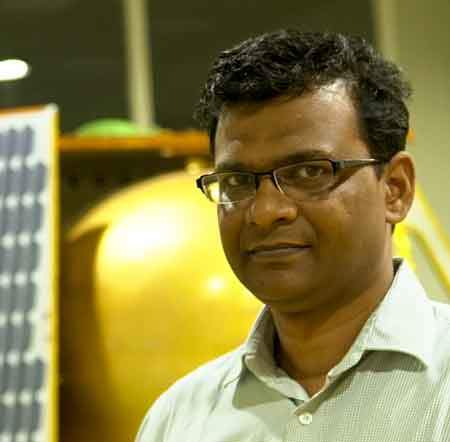
His team are now refining their 6kg lunar rover – one of the lightest ever set to land on a planetary body - which is scheduled for launch in the coming months.
“For us it’s been a long journey,” he says, acknowledging the debt they owe to ISRO, the government-run Indian Space Research Organisation, some of whose retired scientists have been helping the mission.
“To my mind they are the giants and we are a much smaller company on the shoulders of those giants,” he says.
While getting a rover to the Moon may not have an immediate commercial payoff, Narayan argues that if the planned landing succeeds, it will be “a quantum step for every company, every private space company in the world, to go out there and do more stuff in the future”.
It’s a vision of a world in which low-cost satellites are carried on affordable rockets that launch when you want – all ordered at the click of a button with no need to wait for slow-moving government-funded space missions.
Yet this latest space race also presents its own challenges, says Terrabotics’ Gareth Morgan. The sheer volume of space imagery and data means that AI systems being used to automatically analyse it are having to catch up.
“Current AI systems need an extraordinary amount of ‘label training’ so they can then independently recognise different features on their own. We need a change in the way AI works. Progress is being made but it is very new.”
More information may generally be a good thing, but there are ethical considerations – after all, everyone is potentially being photographed from space every day.
And who has access to this data? As private satellites proliferate and the big data revolution advances, critics argue there needs to be a debate about public and private roles in space.
It’s a point that Planet Labs’ Will Marshall accepts.
“One of the things that’s important to us is that our imagery cannot see a person let alone recognise a person. Of course that doesn’t mean there are no negative implications.
“We as technologists have to be the best stewards we can of that data.”
Then there is space debris – there are already some 30,000 objects, large and small, in orbit: “Ultimately we will have to deal with that problem,” agrees Will Marshall.
“The industry will have to start bringing those things down and that’s not going to be an easy challenge.”
While the potential rewards for investors may be great, so are the risks. Rockets can blow up, fail to launch, or put satellites into the wrong orbit.
“Rockets aren’t the way you make money from space,” says Matt Perkins, who was for 10 years the chief executive of industry leader Surrey Satellites and is now head of Oxford University Innovation.
“The way you make money is in the downstream end - by using all this information coming from space. As this becomes cheaper that’s going to open up commercial opportunities – with data being used in ways that people haven’t yet thought of.”
As he says, there’s a whole range of data from space. In this new business frontier, it will be up to the ingenuity of humans to take commercial advantage of that.


